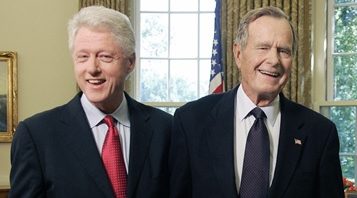Leadership is about making people feel safe. When someone feels heard, they feel safe. ~Simon Sinek

In my position I hear things that leaders, managers, HR personnel, etc. never hear. I hear comments like “I can’t tell him what I really think!” “She’s my boss, I can’t just give her feedback.” Consequently, people leave organizations frustrated and never communicate what really caused them to look for another position. Or, instead of employees hearing that they aren’t meeting their supervisor’s expectations, they are gradually (and many times painfully) marginalized until they get so frustrated they resign. [But at least their supervisor never had to tell them what they really think.]
I’ve worked with a variety of organizations from manufacturing to human services. One of the mantras I hear frequently in manufacturing is “safety first,” and rightly so. They are referencing physical safety. Above all else, the number one priority is safety. What if all organizations assumed the same mantra? Only in this case “safety first” referred to psychological safety?
My examples describe the tip of the iceberg. The good news is leaders can create safety. Here is just one, of many, steps to move toward psychological safety.
Leaders must make it a consistent practice to ask for feedback.
Notice I said ask for feedback, not give feedback. Skillfully asking for feedback—especially when it comes from leadership—can be just one step toward building psychological safety. Jennifer Porter in the HBR article How Leaders Can Get Honest, Productive Feedback provides great advice about asking specific questions.
- Don’t ask, “What feedback do you have for me?” Terrible question! It’s vague and the other person has no idea what you expect (and you do have expectations). This question is kind of like putting a landmine between you and the other person and hoping, praying, they don’t step on it.
- Ask specific questions.
- Ask specific questions about events. “What did you hear when I gave my update?”
- Ask specific questions about possible bad habits. “How often do I cut people off in meetings?” Note, you didn’t ask do I, you asked how often to make it safe for them to provide a truthful answer.
- Ask specific questions about emotional impact. “How did it feel when you read my email?”
- Ask specific questions to garner recommendations. “What can I do to build my relationship with Joe?”
I’m guessing a few people reading this are thinking, “Aren’t these questions showing uncertainty or weakness?” These questions are demonstrating an outward or growth mindset (i.e., leadership) as opposed to an inward or fixed mindset (i.e., you looking smart). As Keith Rosen said, “Are you tough enough for vulnerability-based leadership”?
One step to psychological safety.
Leaders stop trying to look smart. Instead, leaders make it a consistent practice to skillfully ask for feedback.



